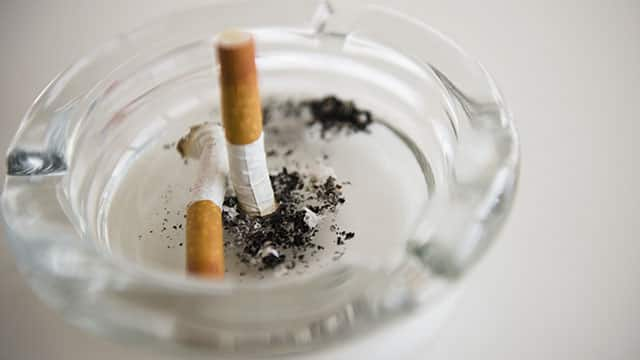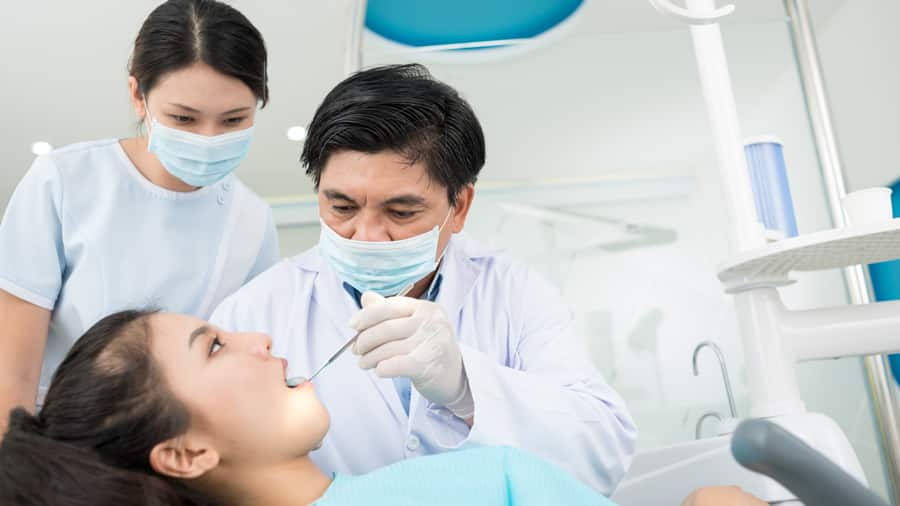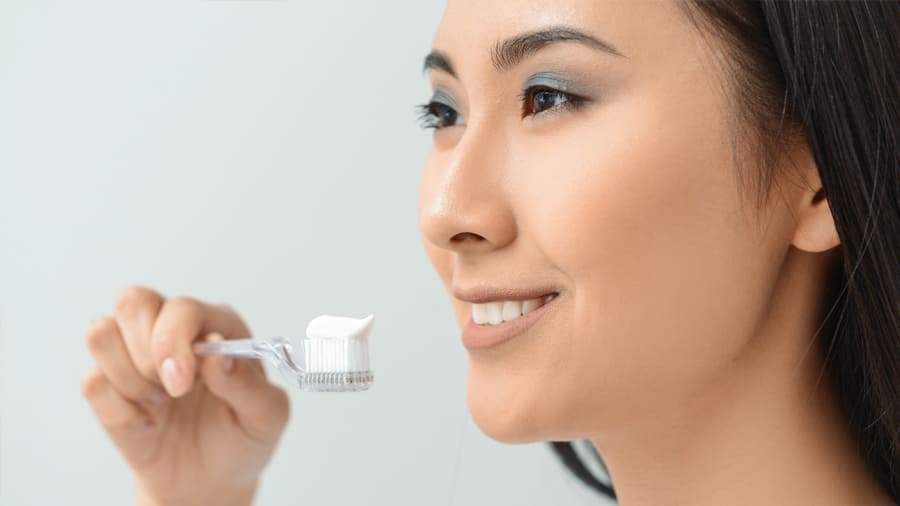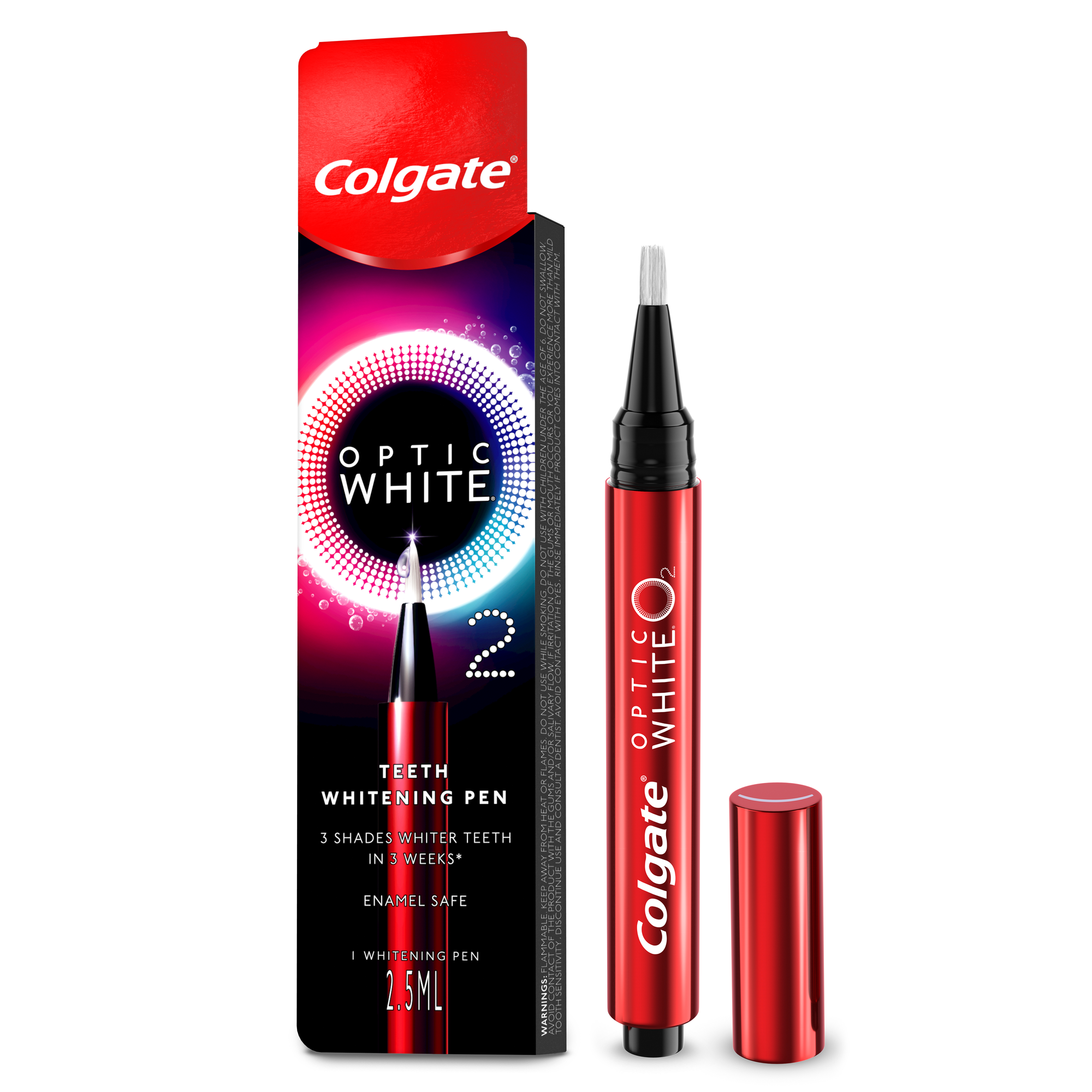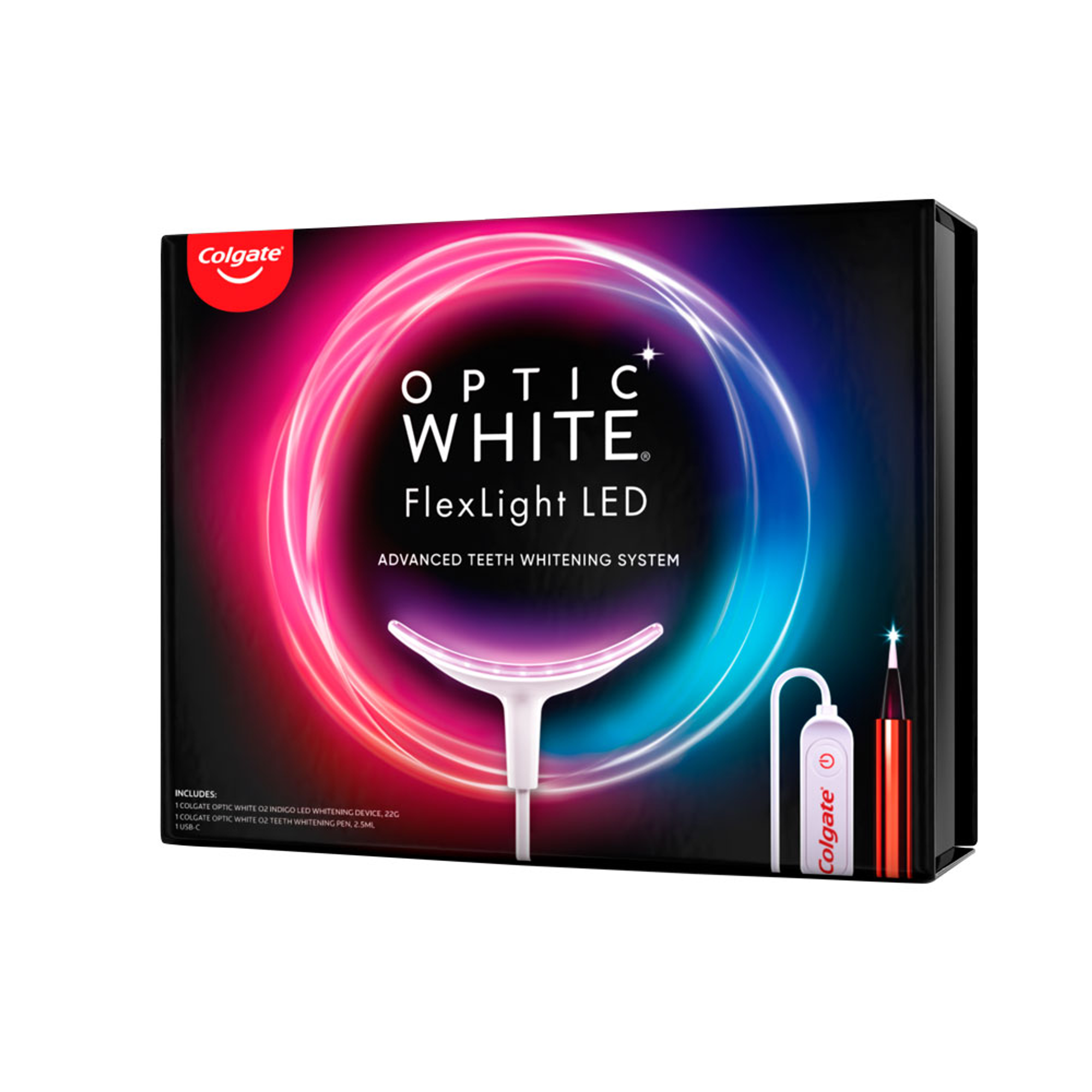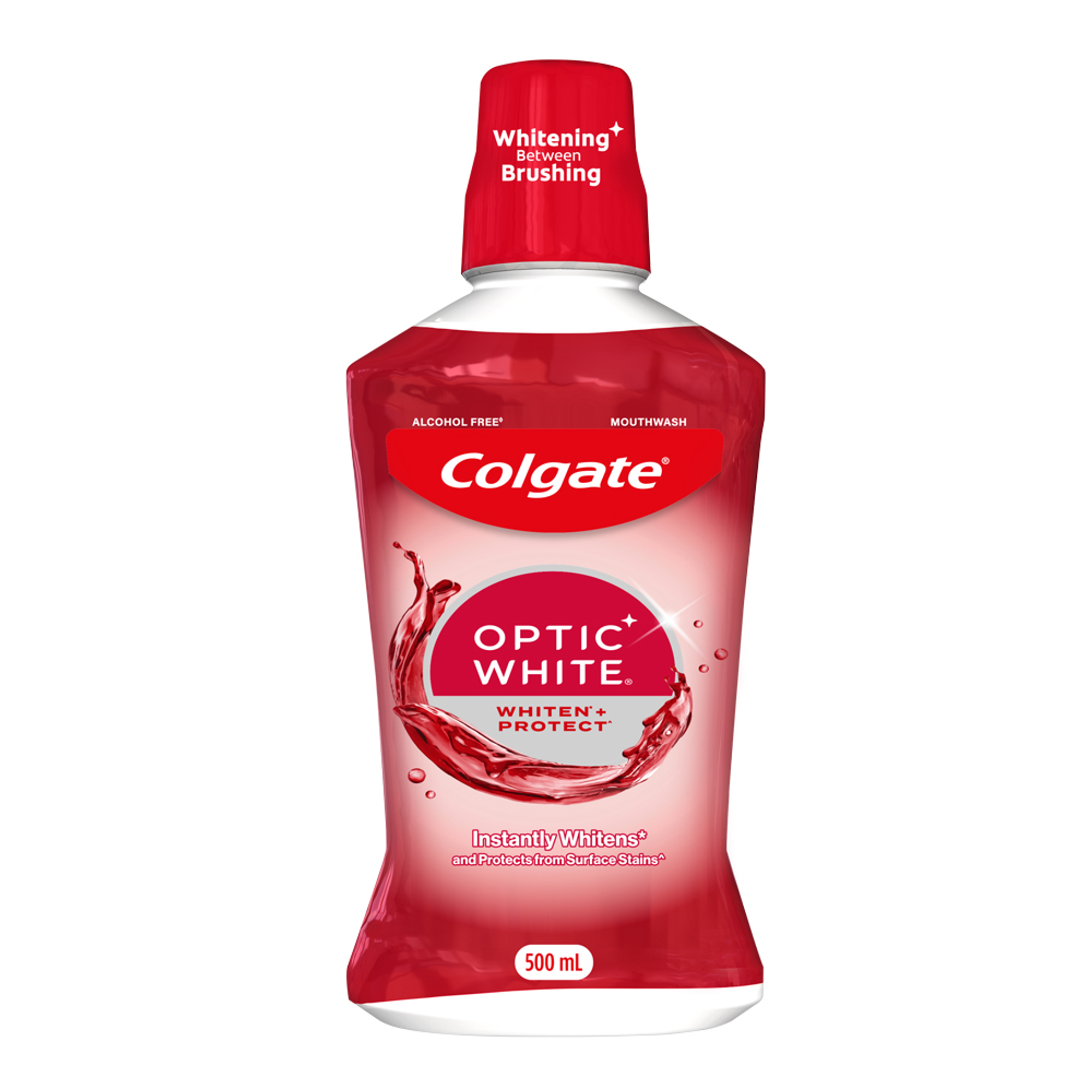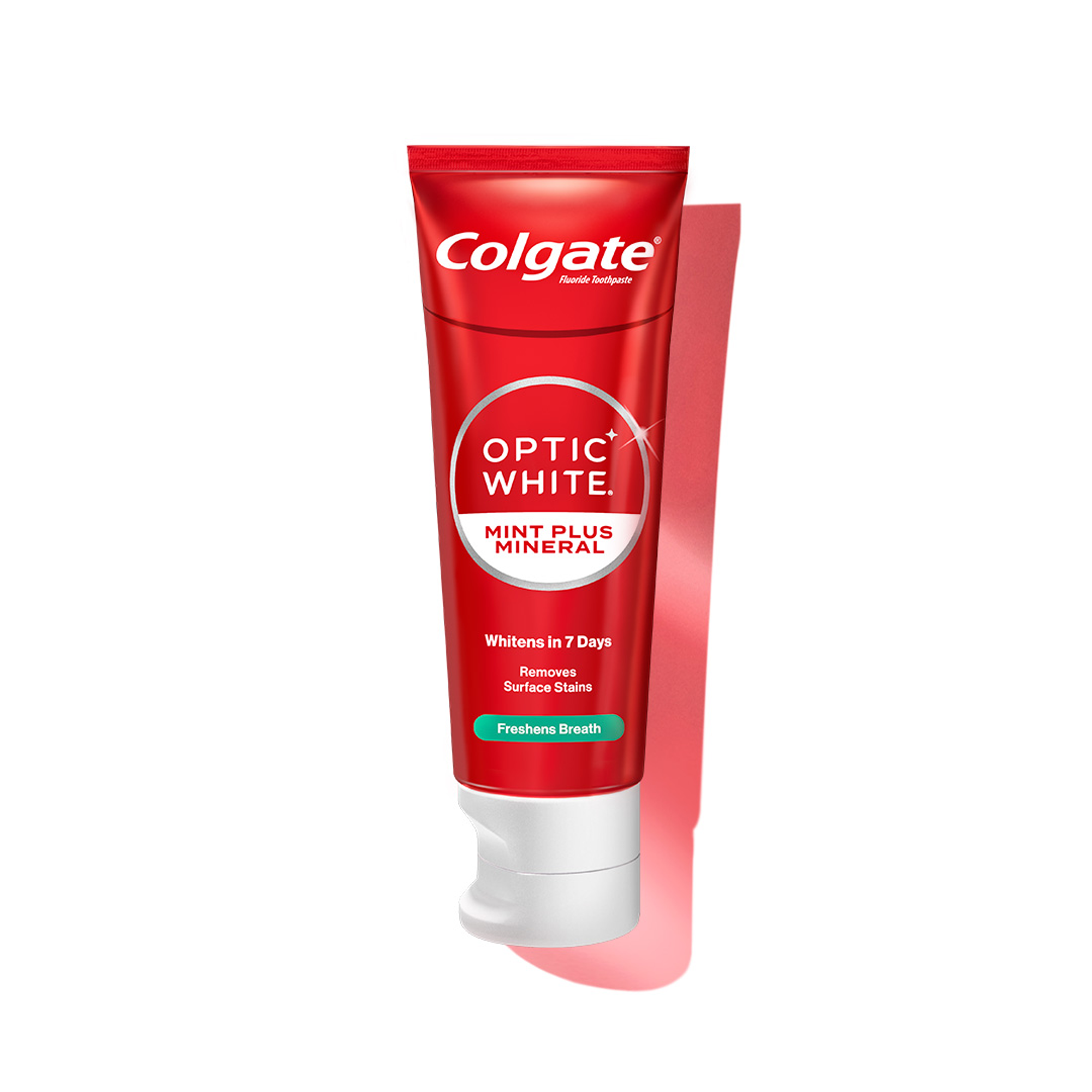Read on to learn more about the discoloration of teeth, its types, and common causes. Discover the various treatment options and preventive care measures that help you flaunt a healthy and bright smile.
What is Tooth Discoloration?
Tooth discoloration is the change in the natural colour of your teeth, which makes them appear yellow or dark. It happens due to staining of the hard outer surface of your teeth (the enamel) or the layer beneath the tooth enamel (the dentin). Tooth stains may result in yellow, brown, grey, purple, or even black shades, indicating different causes of discoloration. They can affect all teeth or appear as dark spots in some areas.
The intensity of staining may vary from a slight change in tooth colour to severe discoloration. Though a cosmetic concern, a change in tooth colour can hint a lot about your oral health. For example, white spots often indicate dental caries, while advanced tooth decay appears as dark or brown spots. Besides improving diet, lifestyle habits, and oral hygiene, you can explore various teeth whitening treatments to restore the brightness of your smile.
Types of Tooth Discoloration
Tooth staining can occur in different forms, varying in appearance and origin. Understanding the type of discoloration is vital to determine the underlying cause and appropriate treatment. Depending on whether it affects the outer surface of the teeth or occurs from within the tooth structure, tooth discoloration is classified into three types - extrinsic, intrinsic, and age-related.
Extrinsic Discoloration
Extrinsic discoloration is due to the staining of the enamel, the hard outer surface of the teeth. Surface stains often build up from the intake of pigmented foods and drinks. These include red wine, coffee, tea, soy sauce, and coloured foods. The enamel absorbs the stain particles over time, leading to discolouration. Extrinsic stains also occur from smoking and tobacco use. You can manage them with good oral hygiene practices, lifestyle changes, at-home teeth whitening products and regular dental cleanings.
Intrinsic Discoloration
It occurs from within the tooth structure on the dentin beneath the enamel. Unlike the enamel, dentin is soft, sensitive and has a yellow tint. It is exposed when the enamel thins down or erodes from poor oral hygiene. The pigments penetrate the enamel and stain the dentin, causing discoloration. Other reasons include genetic factors, excessive fluoride intake, some medicines taken at an early age, and some health conditions. Intrinsic stains are tougher to remove with daily oral care and require in-office treatments.
Age-related Discoloration
With age, the natural brightness of your teeth tends to reduce. As you grow older, you may observe two major changes in your teeth. The enamel, which gives the natural white shade, thins down and becomes translucent. The underlying dentin becomes more visible, causing a discoloration beyond your control. Besides, the exposure to pigmented foods and drinks attracts more stains. You can manage age-related stains with daily oral care, over-the-counter products with advanced whitening formulas, and treatments offered in dentistry.
Tooth Discoloration Causes
Natural tooth colour varies among individuals. Some have whiter tooth shade compared to others. Yet, if you have stained teeth, it is essential to determine the type of discoloration and the factors that cause tooth stains to discover the right solution for you. Treatment options can vary for different types of teeth stains. Here are some common causes of tooth discoloration and risk factors to watch out for:
Excessive intake of pigmented foods and drinks, including red wine, tea, coffee, and colas
Smoking and chewing tobacco
Hardened plaque (tartar) deposits from poor dental hygiene
Tooth decay and cavities
Injury or trauma to the tooth
Genetic factors and natural ageing
Root canal treatment (the treated tooth gradually darkens as it has no functioning pulp)
Some dental restorations, such as silver amalgam in metal fillings for cavities
Intake of too much fluoride supplements at an early age (fluorosis)
Systemic diseases and deficiencies of nutrients like calcium in the tooth development stage
Some medicines, such as antihistamines, antibiotics, antipsychotic drugs and medication for high blood pressure
Tooth Discoloration Treatments
Treatment for discolored teeth depends on the severity and type of the stains. Addressing the underlying health issues and enhancing oral hygiene is vital to managing tooth stains effectively. From teeth whitening products to in-office treatments, various solutions are available to help brighten your smile. Here are some of the tooth discoloration treatments you can consider:
At-Home Whitening
You can manage extrinsic or surface stains at home through daily oral care and proprietary teeth whitening products. While wondering how to remove stains from teeth, you may be tempted by home remedies using kitchen staples like baking soda. It is vital to note that these methods are not backed by scientific proof and can be potentially harmful. Here are some teeth-whitening products to explore:
Whitening toothpaste: It provides a safe method to whiten your teeth from the comfort of your home. The mild abrasives gently scrub away surface stains for a better cleanse. Unlike regular toothpaste, whitening toothpaste often features advanced whitening technology or whitening agents that remove deep-set stains to brighten your smile.
Whitening pens: They offer an easy solution to combat tooth stains amidst travel or a busy timeline. Most of them feature a whitening gel or serum that works to remove the stains. The usage involves applying a thin layer of the serum on the teeth after brushing and leaving it for the specified duration.
Whitening gels and strips: Whitening gels contain stronger bleaching agents and are available in stores or with a dentist. They are applied with a tray that snugly fits the teeth. Trays designed by your dentist offer better fit and safety. Whitening strips include a pre-applied whitening gel. Though easy to use as they avoid the need for trays, they may contain higher concentrations of bleaching agents. Consult a dentist to know what is best for you.

Use Colgate Optic White O2 Teeth Whitening Pen and enjoy 3 shades whiter teeth overnight with quick, easy application.
In-Office Treatments
Dentists offer professional treatments to combat tooth discoloration. They remove deep-set intrinsic stains that are not manageable with at-home treatment. The dentist may initially examine your mouth for potential gum disease, bad breath or cavities and suggest treating them before whitening treatments. The most popular professional whitening method is chair-side bleaching, which removes both extrinsic and intrinsic stains.
It often requires one sitting and provides instant results that last with proper dental care. Safe concentrations of bleaching agents are used to break down the stains and brighten your smile. Dentists also provide custom-fit trays with whitening gels to wear at home as directed. These trays offer results gradually with regular use. For severe discoloration or teeth with dental restorations, veneers of a preferred shade may be suggested as the solution.
Tooth Discoloration Prevention And Care
You can prevent discoloration of teeth with a proactive approach to dental healthcare. Regular oral hygiene practices, changes in lifestyle and diet, and regular dental visits are crucial. Addressing potential health problems and oral issues helps. The following tips can help you prevent stains from accumulating on your teeth:
Ensure regular tooth brushing using fluoride toothpaste twice daily. Including a proprietary whitening toothpaste is ideal.
Floss once daily and rinse with mouthwash.
Limit the use of beverages and foods that cause stains.
Quit smoking and tobacco use.
Schedule regular appointments with your dental hygienist for check-ups and dental cleanings.

Say goodbye to yellow tones and hello to a radiant smile with the Colgate Optic White Purple Toothpaste!
Tooth discoloration is a common dental concern. Understanding the different types and causes of discoloration helps you take proactive measures to prevent tooth stains. While professional whitening treatments and proprietary whitening products can help restore your bright smile, it’s important to maintain good oral hygiene and make mindful changes in your diet and lifestyle to help retain a healthy, bright smile.
Frequently Asked Questions
Does tooth discoloration go away?
Tooth discoloration can go away based on the type of stains, causes, and severity. Surface stains that accumulate from highly pigmented foods and drinks respond well to daily oral care, dental cleanings, and proprietary whitening products. Deeper, intrinsic stains may require advanced whitening treatments, like bleaching or veneers from a dentist.
Why is my tooth suddenly discolored?
A tooth can suddenly become discolored for various reasons. Besides stains from pigmented foods and drinks, the onset of tooth decay or tartar buildup can discolor teeth. Injuries or trauma and root canal treatment can darken a tooth over time. Some systemic diseases and medications are other possible causes.
Can tooth discoloration be temporary?
Yes, tooth discoloration from pigmented foods and beverages and tobacco use is temporary. These stains usually respond to regular brushing, flossing and dental cleanings. Stains from within the tooth structure are deeper. They often require advanced treatments from a dental professional.
Is tooth discoloration common?
Yes, discoloration of teeth is a common oral problem that affects people of all ages. It often results from poor dental hygiene, intake of pigmented foods and drinks, smoking, and tobacco use. Age-related discoloration is common among elderly individuals.





